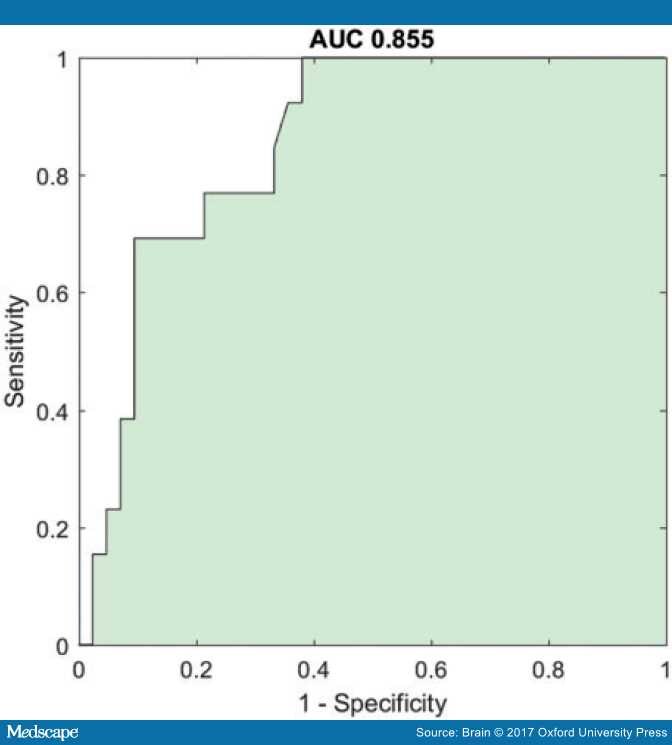


Collectively, we provide a molecular framework to personalize WBRT and improve its efficacy through combination with a radiosensitizer that balances therapeutic benefit and toxicity. In patients with primary melanoma, lung or breast adenocarcinoma developing brain metastasis, endogenous S100A9 levels in brain lesions correlated with clinical response to WBRT and underscored the potential of S100A9 levels in the blood as a noninvasive biomarker. Targeting this pathway genetically or pharmacologically was sufficient to revert the WBRT resistance and increase therapeutic benefits in vivo at lower doses of radiation. Through an unbiased analysis of experimental in vivo models of brain metastasis resistant to WBRT, we identified activation of the S100A9–RAGE–NF-κB–JunB pathway in brain metastases as a potential mediator of resistance in this organ. Given the limited therapeutic options available for these patients and the poor understanding of the molecular mechanisms underlying the resistance of metastatic lesions to WBRT, we sought to uncover actionable targets and biomarkers that could help to refine patient selection. Whole-brain radiotherapy (WBRT) is the treatment backbone for many patients with brain metastasis however, its efficacy in preventing disease progression and the associated toxicity have questioned the clinical impact of this approach and emphasized the need for alternative treatments. Nature Medicine volume 28, pages 752–765 ( 2022) Cite this article All rights reserved.Stratification of radiosensitive brain metastases based on an actionable S100A9/RAGE resistance mechanism Recordings from motion sensors can be used to classify tremor as postural or kinetic and quantify tremor severity during both standardized and non-standardized activities.Ĭopyright © 2011 Elsevier Ltd. Mathematical models produced tremor ratings that correlated strongly with clinician ratings of the wTRS tasks (mean r = 0.80) and also produced ADL task ratings that correlated well with the most recent clinician wTRS ratings (mean r = 0.72). The quantitative motion features were highly correlated with wTRS ratings for postural (r = 0.90) and kinetic (r = 0.80) tremors. Quantitative features were extracted from the motion sensors and used to develop mathematical models for predicting rating scores from kinematic data. Four movement disorder specialists independently rated video segments of the standardized tasks but not the ADL tasks. Ten subjects with ET wore motion sensors on the index finger and performed standardized motor tasks from the Washington Heights-Inwood Genetic Study of Essential Tremor (WHIGET) tremor rating scale (wTRS) and non-standardized ADL tasks. To evaluate the ability of motion sensors to discriminate tremor from voluntary posture and motion, classify tremor as postural or kinetic, and rate tremor severity during standardized tasks and non-standardized activities of daily living. However, tremor ratings require the presence of a clinician and do not necessarily capture tremor fluctuations throughout the day during activities of daily living (ADL). These ratings are often used to adjust medications and assess efficacy in clinical trials. Essential tremor (ET), characterized primarily by postural and kinetic tremor, is typically measured in the clinic with subjective tremor rating scales.


 0 kommentar(er)
0 kommentar(er)
